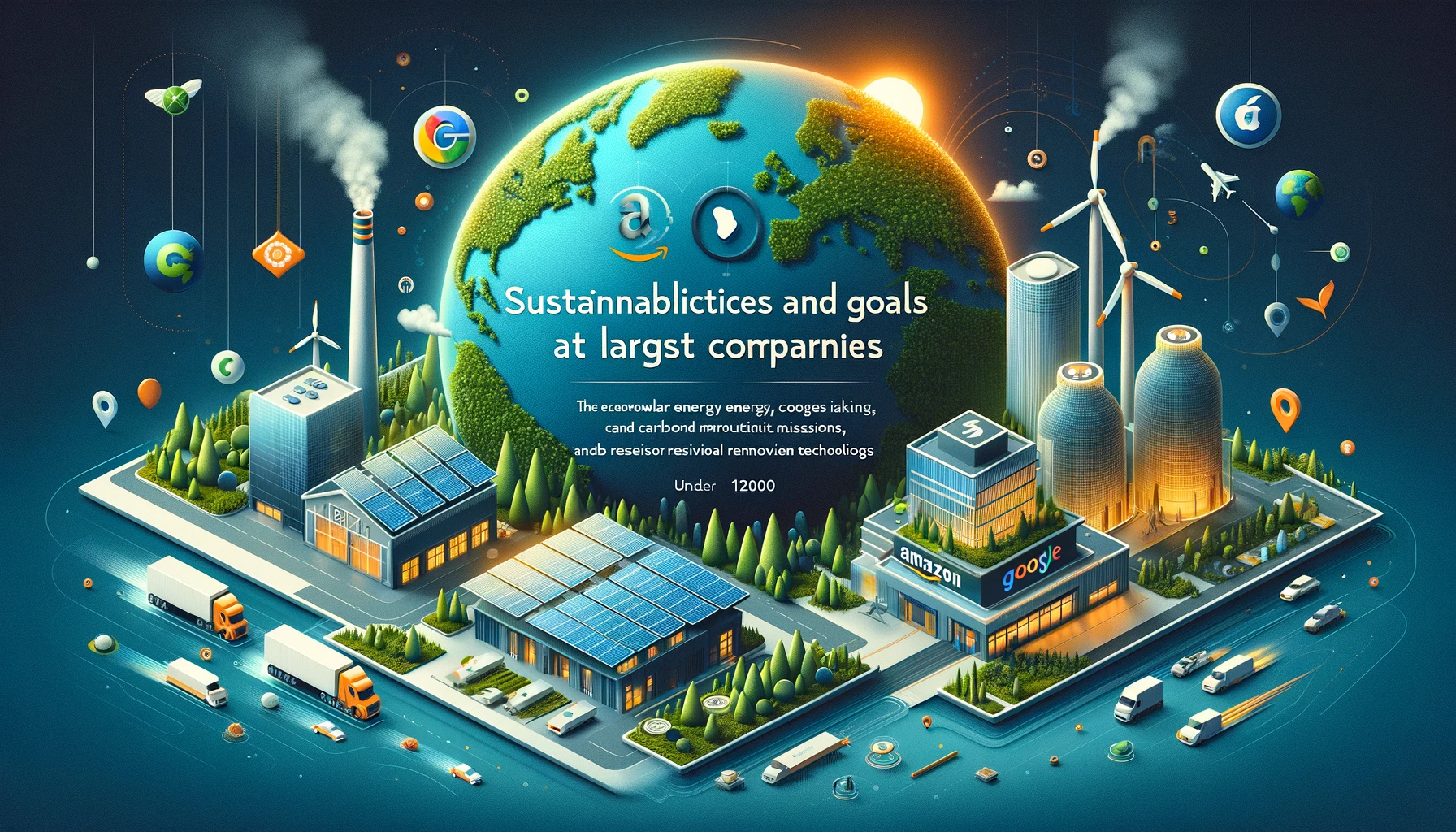Pioneering Miniaturization in Semiconductor Technology
Led by Director JO Moon-Ho from the Institute for Basic Science, researchers have achieved a significant breakthrough by developing a method to create one-dimensional metallic materials that are less than one nanometer wide. These tiny materials are used to build new types of logic circuits in semiconductors. Learn more about semiconductor technology here.
Breaking Through Technical Limitations
Traditional semiconductor fabrication faces challenges in scaling down critical components like gate electrodes below a few nanometers due to lithography resolution limits. By utilizing molybdenum disulfide (MoS₂), a material that forms ultra-thin metallic lines, the team has crafted gate electrodes just 0.4 nm wide, sidestepping existing technological barriers. This innovative approach is explained in detail in the recent publication in Nature Nanotechnology. Read the full study here.
Advantages Over Current Technologies
The transistors developed by JO Moon-Ho’s team are not just smaller but also more efficient than current models. By simplifying the device structure, these new transistors minimize parasitic capacitance — a common issue in highly integrated circuits that leads to instability. This simplification could lead to the development of low-power, high-performance electronics, making a significant impact on the future of technology.
Director JO Moon-Ho remarked on the potential of this technology, suggesting that these advancements in creating sub-nanometer materials are crucial for the next generation of electronic devices. This leap in technology not only pushes the boundaries of semiconductor design but also opens new avenues in materials science, where atomic-level control can lead to large-scale synthesis of innovative materials.
The implications of this development extend beyond the laboratory and into potential real-world applications. As electronics continue to shrink in size while increasing in functionality, the demand for smaller, more efficient transistors is at an all-time high. This breakthrough in sub-nanometer transistor technology could lead to more compact and powerful microprocessors, enabling advancements in everything from smartphones to high-performance computing systems. Furthermore, this technology could play a critical role in the advancement of wearable technology and Internet of Things (IoT) devices, where space is at a premium and efficiency is paramount.
Looking forward, the research team is focused on scaling their technology for commercial use, which includes ensuring the durability and reliability of these sub-nanometer transistors under various operating conditions. Collaborations with major semiconductor manufacturers are anticipated as the next step to integrate this technology into mainstream production lines. The successful commercialization of this technology not only promises to elevate the capabilities of electronic devices but also stands as a testament to the potential of innovative material science to reshape the future of technology at an atomic level.
This groundbreaking work, detailed in Nature Nanotechnology on July 3rd, is setting the stage for future innovations in electronics and semiconductor technologies.















